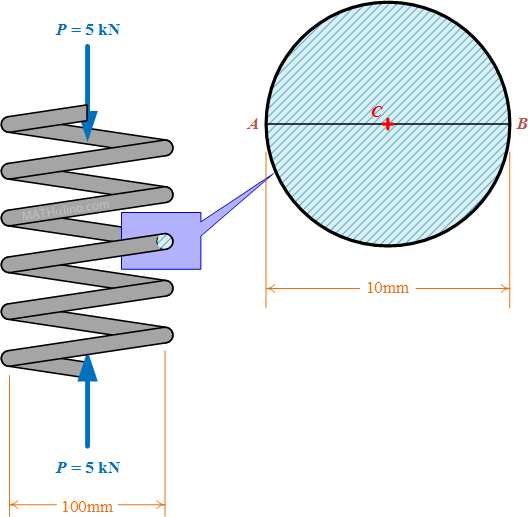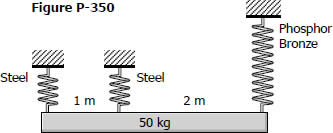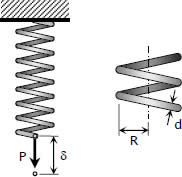Problem 01 | Stress in Helical Spring
Situation
The helical spring shown is axially loaded with a compression force P equal to 5 kN. The mean diameter of the spring is 100 mm and the wire used is 10 mm as indicated in the figure.
- What is the shear stress at A?
- What is the shear stress at B?
- On diameter AB, locate the point of zero stress measured from C.
- Read more about Problem 01 | Stress in Helical Spring
- Log in to post comments



